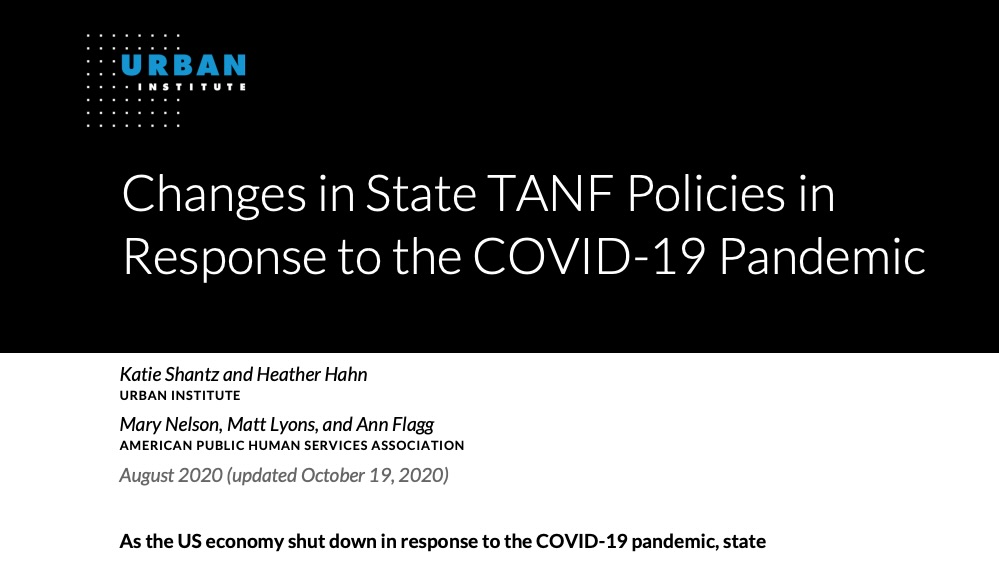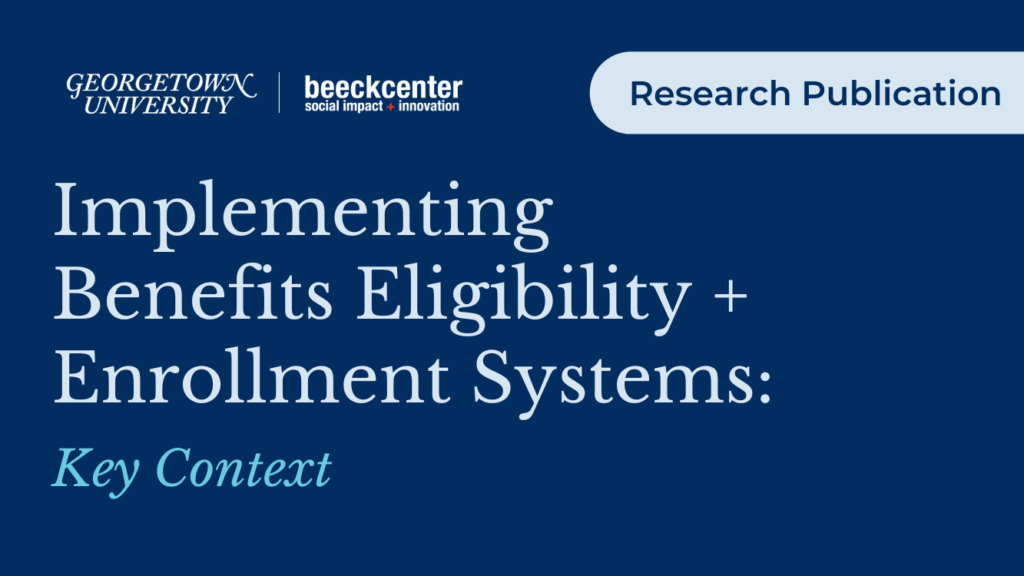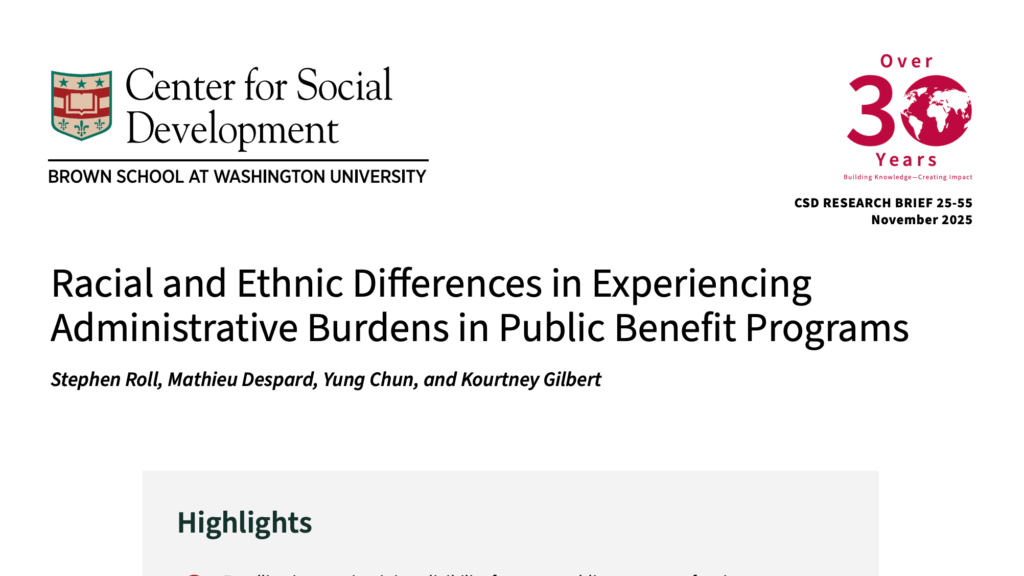The Urban Institute’s brief highlights that, as the COVID-19 pandemic led to economic shutdowns and stay-at-home orders, state TANF administrators faced unprecedented challenges in meeting the needs of families with low incomes.
To address these challenges, many states modified TANF policies, including adjusting work and activity requirements, implementing virtual case management, and altering benefit structures to better support affected families. These adaptations aimed to ensure continued assistance to those in need while navigating the constraints imposed by the pandemic.
Share this Resource:



